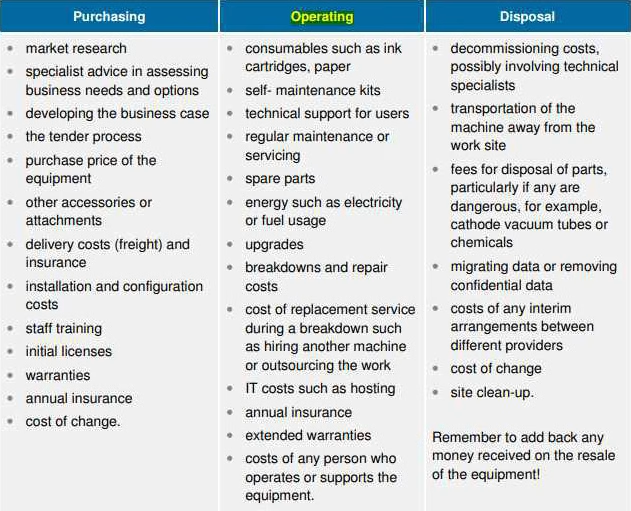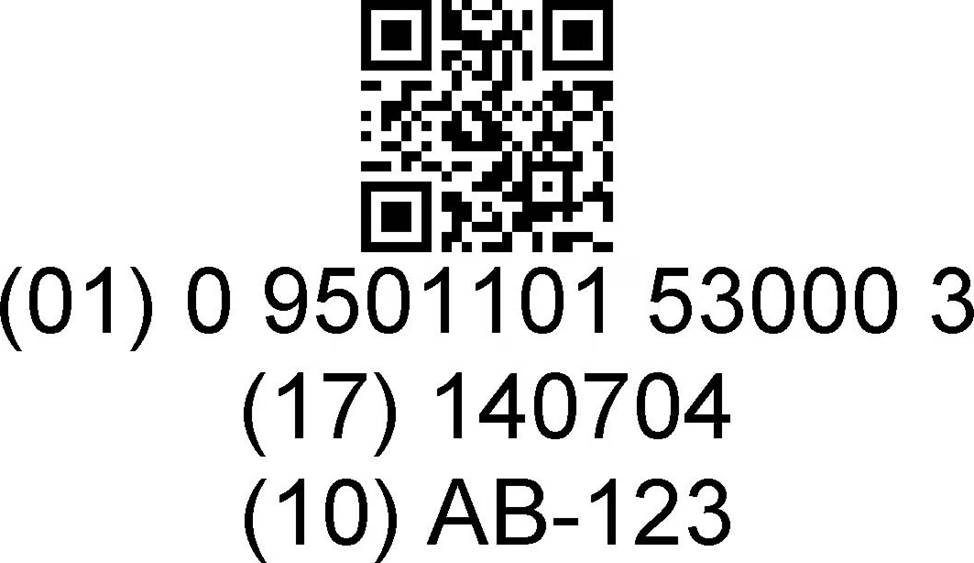CIPS L4M7 Whole-life Assets Management Online Training
CIPS L4M7 Online Training
The questions for L4M7 were last updated at Dec 30,2025.
- Exam Code: L4M7
- Exam Name: Whole-life Assets Management
- Certification Provider: CIPS
- Latest update: Dec 30,2025
Which of the following best describes the relationship between a service level and safety stock?
- A . A safety stock is not always required to achieve a required service level
- B . A service level decreases in proportion to a decrease in safety stock
- C . When safety stock is zero the service level always equals zero.
- D . A service level increases in proportion to an increase in safety stock
Which of the following best describes the relationship between a service level and safety stock?
- A . A safety stock is not always required to achieve a required service level
- B . A service level decreases in proportion to a decrease in safety stock
- C . When safety stock is zero the service level always equals zero.
- D . A service level increases in proportion to an increase in safety stock
Which of the following best describes the relationship between a service level and safety stock?
- A . A safety stock is not always required to achieve a required service level
- B . A service level decreases in proportion to a decrease in safety stock
- C . When safety stock is zero the service level always equals zero.
- D . A service level increases in proportion to an increase in safety stock
Which of the following best defines ‘exponential moving average’?
- A . A forecasting technique where the average is calculated by dividing the sum of the val-ues by the number of values
- B . A process by which the reorder of an item is triggered by the inventory level dropping to a
predetermined level - C . A process by which a decision is taken at a period end or review point to determine how much to reorder
- D . A forecasting technique where each demand is multiplied by a weighting factor
Among different types of costs associated with inventory, the opportunity cost of the investment tied up in inventory belongs to which of the following?
- A . Acquisition costs
- B . Purchase price
- C . Holding costs
- D . Costs of stockouts
Which costs in the following list are categorised as operation costs in the total cost of ownership model? Select TWO that apply.
- A . Decommissioning costs
- B . Costs of any person who operates the equipment
- C . Installation and configuration costs
- D . Delivery costs
- E . Costs of consumables
Which of the following are typical characteristics of 2D barcodes? Select TWO that apply.
- A . Every 2D barcodes must conform international standards
- B . The 2D barcodes are machine-readable
- C . 2D barcodes are exclusively used for marketing purpose
- D . 2D barcodes can be read by linear scanners
- E . 2D barcodes can contain more data than 1D barcodes
Decommissioning, removal and disposal of assets may have impact on the environment. An organisation should have policies and procedures in place to enhance its environmental performance.
Which standard family provides the guidance on environmental policies and procedures?
- A . ISO 22000 family
- B . ISO 9000 family
- C . ISO 14000 family
- D . ISO 27000 family
In the Appendix A of a long-term supply contract of Bulk Drug Substance, both parties agree that "The reference price for Bulk Product at the specification, per gram, shall be US$10. The unit price for Bulk Product for a specific Purchase Order shall be computed by multiplying the above- specified reference price by two corrective factors, namely inflation correction factor and exchange rate correction factor".
This pricing appendix is an example of…?
- A . Discounted pricing
- B . Fixed pricing
- C . Volume-based pricing
- D . Adjustable pricing
Latest L4M7 Dumps Valid Version with 137 Q&As
Latest And Valid Q&A | Instant Download | Once Fail, Full Refund



